how long can a bonsai tree live without water
Guide to irrigation Bonsai Page 1 of 2 "In finding that I work as professional artist bonsai, many people will remember that once they had a bonsai, but died and with some repentance, they surrendered." Based on the Bonsai Basics section of the Bonsai4me.com website and an e-book of the same name, 'Bonsai Basics: The Foundations of Bonsai', written and developed over the past 15 years is now out! All copies are signed by the author. "In finding that I work as professional artist bonsai, many people will remember that once they had a bonsai, but died and with some repentance, they surrendered." Based on the Bonsai Basics section of the Bonsai4me.com website and an e-book of the same name, 'Bonsai Basics: The Foundations of Bonsai', written and developed over the past 15 years is now out! All copies are signed by the author. Page 1: Guide to irrigation Bonsai Bonsai, as with almost all other types of cultivated plants, they require moisture in their roots to survive. Without a continuous source of humidity, the tree is unable to continue its life process, initially losing leaves, then branches and finally the whole tree can die. Never doubt that the fastest way to kill a bonsai is allow the compost to dry completely. Never doubt that the fastest way to kill a bonsai is allow the compost to dry completely. Bonsai in the author's garden being automatically watered during the summer heat. However, although the effects of underwater are immediate, the excess of water from a bonsai also causes poor health. The effects of continuous over-water take much longer to become noticeable and can often be difficult to diagnose. Established plants and trees that grow on the ground have the ability to 'adjust' their habitat and the amount of water that is available to them. If there is not enough water available for the root system, the roots will spread to the ground until enough moisture can be acquired in a reliable way. Thus, plants that grow in relatively dry areas will have long-range root systems that will continue to spread until a reliable source of moisture can be found. On the other hand, trees that grow in humidity conditions where moisture is permanently available at the upper levels of the soil, tend to have low root systems as they have easy access to moisture. In the confines of a pot, a bonsai loses this ability to self-regulate its exposure to moisture. He is unable to govern how much or how little water he accesses. The compost in a bonsai pot is also much less stable than soil on the ground, the possibility that it is dryed considerably and is actually affected by external influences such as the surrounding climate and ambient temperature. Correctly watering your bonsai is an ability in itself and is not as simple as most beginners could expect. It is often said in Japan that it takes 3 years to learn the water correctly. Sometimes you can take three years of tree losses before a bonsai enthusiast realize that your irrigation regime could be the cause! The Effects of the Sub- and Overwater Plants depend on a continuous flow of water to stay alive and grow. The water is absorbed by the compost in the roots by a process known as osmosis, the water is then thrown up the body of the plant and is released into the atmosphere through the foliage. This process allows the plant to distribute vital nutrients throughout its structure. However, without a source of moisture in its roots, this flow of water is interrupted and the structure of the plant collapses quickly and dry. The leaves and branches tips are the first areas to be affected, followed by branches. Finally the trunk and roots collapse and dry for what time it is unlikely that the tree will survive without great damage. The application of water at this point is often too late; moisture can be absorbed from the roots again in the wet compost in a process known as reverse osmosis. As mentioned above, the effects of over-water are much more subtle and can take a relatively long period of time to detect. On the water of a water retaining soil creates an environment for the root system that is permanently wet. The roots need oxygen to "breath" and the presence of too much water on retaining and air-free soils reduces the ability of a compost to absorb the air; this in turn makes thin root hairs suffer and die. The immediate effect to the tree is a loss of vigor as parts of your root system cannot grow and/or die. More worrying, the dead roots begin to rot. Natural bacteria are able to colonize dead tissue and in very humid composts are able to thrive. As the root system continues to die from the effects of overwater, the bacteria of the root are able to spread through the root and slow system (if it does not stop completely) the ability of the tree to seal the remaining roots. Gradually the living portion of the root system becomes smaller and as it does it is able to support less of the visible higher growth of the tree.' On the water is something of a misnomer; if a bonsai is planted in a good quality bonsai soil/well dry well is literally impossible on the water. The root-rot is the result of a tree that grows in poor soils that stays wet, and more specifically, is without air, causing the roots to die instead of the act of irrigation too frequent. The foliage in the tree will start to yellow and fall; smaller branches are revolved and die. As the living portion of the root ball becomes even smaller, eventually it cannot support the primary branches and the trunk, causing the tree to die. The root-rot is often only detected in the repotting time in spring. The broken roots will be black and will be broken when touched. The only reliable way to stop the root-rota is to cut all dead root areas. - Attention! google_ad_client = "ca-pub-6510309413489633"; /* Basics blended colour Ads */ google_ad_slot = "1786448153"; google_ad_width = 728; google_ad_height = 90; //... - Attention! google_ad_client = "ca-pub-6510309413489633"; /* Basics blended colour Ads */ google_ad_slot = "1786448153"; google_ad_width = 728; google_ad_height = 90; //... How often should I water? As discussed above, it is important to avoid the effects of underwater and overwater. So how do they fit a bonsai properly? First, I never water a routine. Simply watering on a daily basis without first observing the condition of the bonsai soil, is a common mistake committed by beginners, often following the advice of the well-meaning bonsai retailers. The Bonsai may require daily water or even twice a day, especially in hot weather or early spring. However, irrigation to a routine usually leads to permanently humid compost. If the compost does not lose part of its moisture content between each irrigation, it means that it is permanently wet, which leads to the previously mentioned problems associated with overwater. Instead, trees should be routinely revised (at least daily), so their water needs can be observed and then watered when they really require it. The surface of almost all bonsai composts change the color and appearance when it starts to dry. With careful observation, it is always possible to say whether the compost surface is dry or not. This can take anything from 12 hours to a week or more after irrigation, depending on a variety of factors such as the surrounding ambient temperature, the vegetable vigor, the size of the pot and whether it has rained or not. In the UK, trees tend to need daily irrigation during the summer, but with lower temperatures and higher rains during the fall, winter and early spring, irrigation needs can change day by day. Never assume that because it has rained your tree has received enough water particularly during the summer. Often, it only rains enough to wet the upper layers of the compost. The correct time for water is when the upper inch of the compost has begun to dry. With regular observation of your trees on a daily basis, you should be able to apply the water when it is really necessary. Allowing the compost to dry a little between each irrigation will ensure that they are not overloaded. The different trees have different water requirements, if possible, try to water trees individually as required instead of a whole collection in mass.© Harry Harrington 2019. All Harry Harrington articles and images unless otherwise stated. The use of text or images contained on this website is strictly prohibited without the express permission of Harry Harrington.
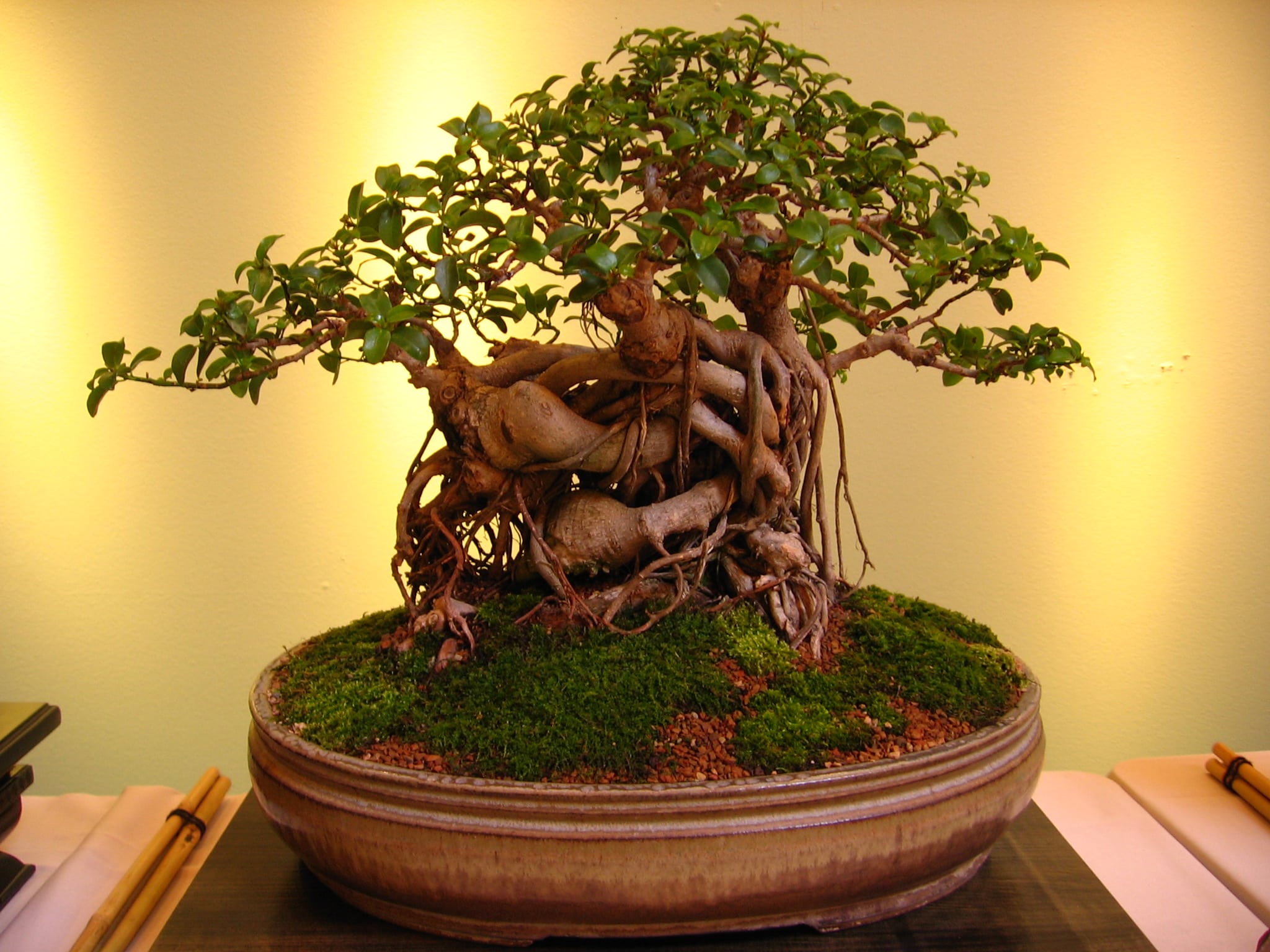
Things To Avoid When Growing Your Bonsai Tree | Bonsai Tree Gardener
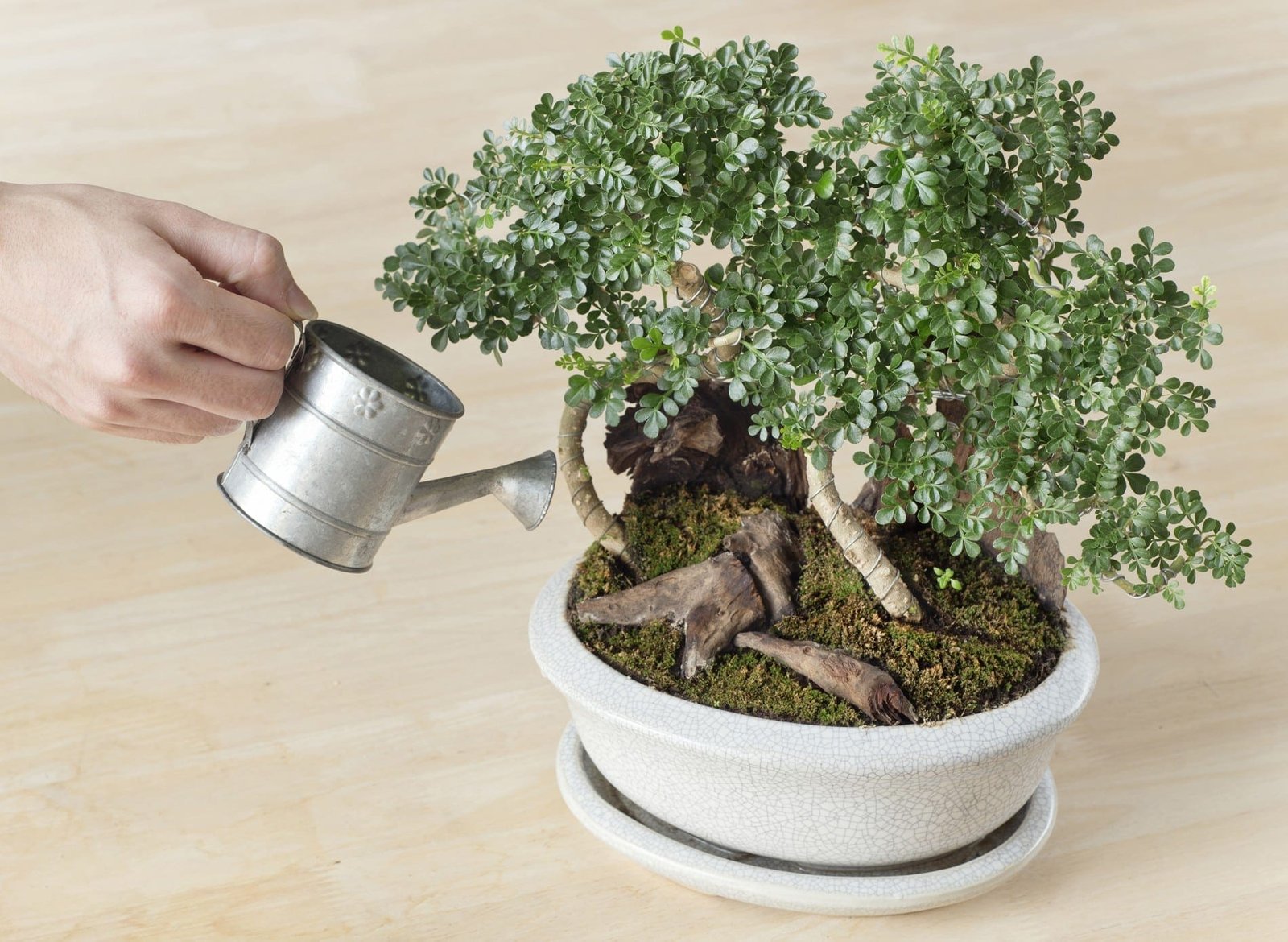
How To Water Bonsai Trees | Bonsai Tree Gardener
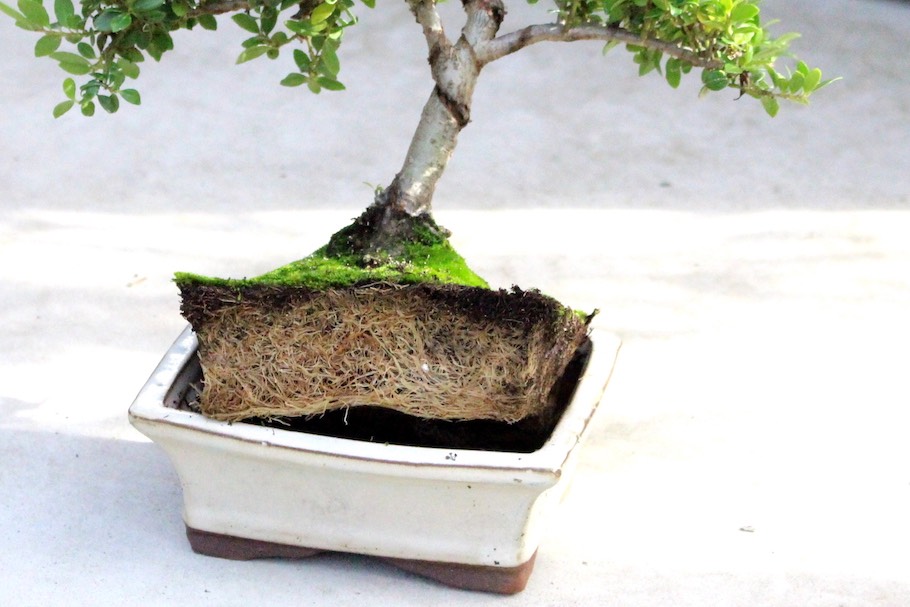
Watering Bonsai; how to water your trees - Bonsai Empire

How Long Can Bonsai Go Without Water? | Bonsai, Bonsai tree, Canning
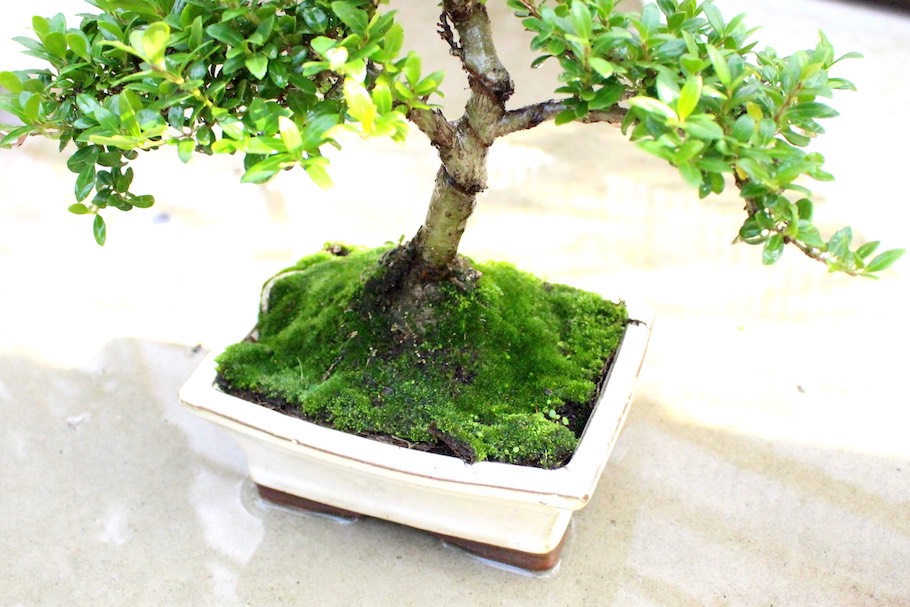
Watering Bonsai; how to water your trees - Bonsai Empire
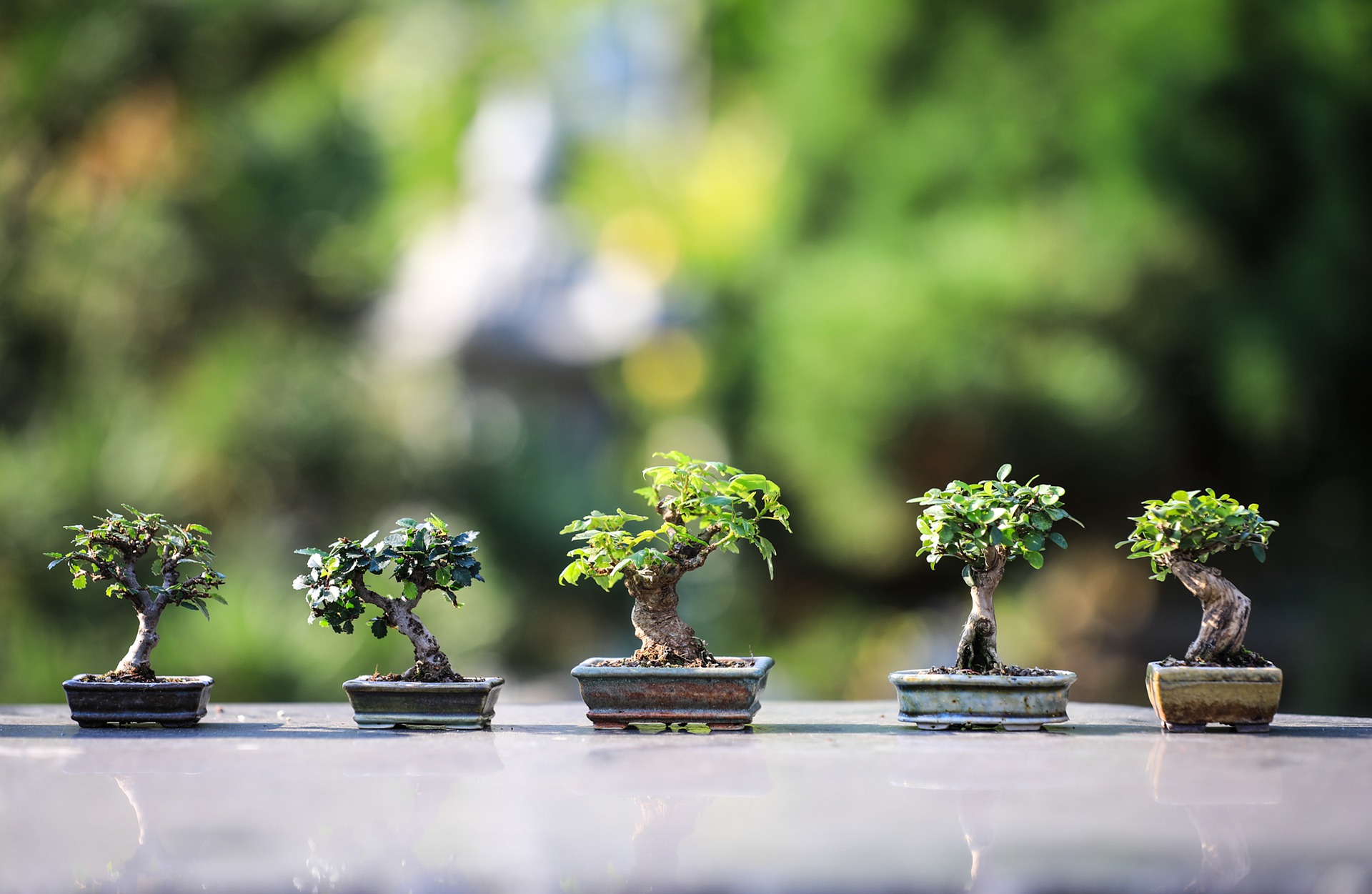
Growing Bonsai: Bonsai Tree Care for Beginners | The Old Farmer's Almanac
Amazon.com: Brussel's Bonsai Live Dwarf Jade Indoor Bonsai Tree-3 Years Old 4" to 6" Tall with Decorative Container, Small: Garden & Outdoor

Bonsai Longevity: Life Expectancy Of The Bonsai Tree | Bonsai Tree Gardener
Amazon.com: Brussel's Live Jade Indoor Bonsai Tree in Water Pot - 3 Years Old; 8" to 10" Tall: Garden & Outdoor

Chinese Yew Bonsai Care
Amazon.com: Brussel's Live Dwarf Jade Indoor Bonsai Tree in Water Pot - 5 Years Old; 6" to 10" Tall with Humidity Tray & Deco Rock: Garden & Outdoor

How to Revive Ficus Bonsai Losing Leaves | Bonsai Tree Gardener
Amazon.com: Brussel's Live Golden Gate Ficus Indoor Bonsai Tree - 4 Years Old; 5" to 8" Tall with Decorative Container: Garden & Outdoor
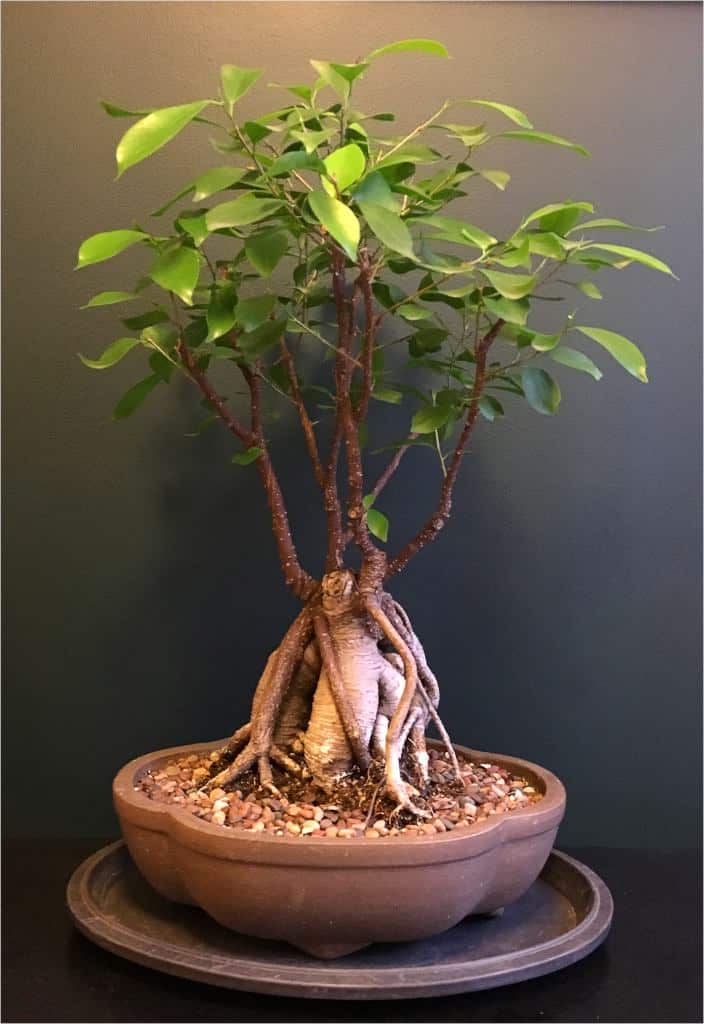
Ficus ginseng - pruning, watering and how to care for diseases

Bonsai - Wikipedia
Amazon.com: Brussel's Live Dwarf Hawaiian Umbrella Indoor Bonsai Tree in Water Pot - 7 Years Old; 8" to 10" Tall with Decorative Container, Humidity Tray & Deco Rock: Garden & Outdoor

A Beginner's Guide to Bonsai Trees - Arborist Now
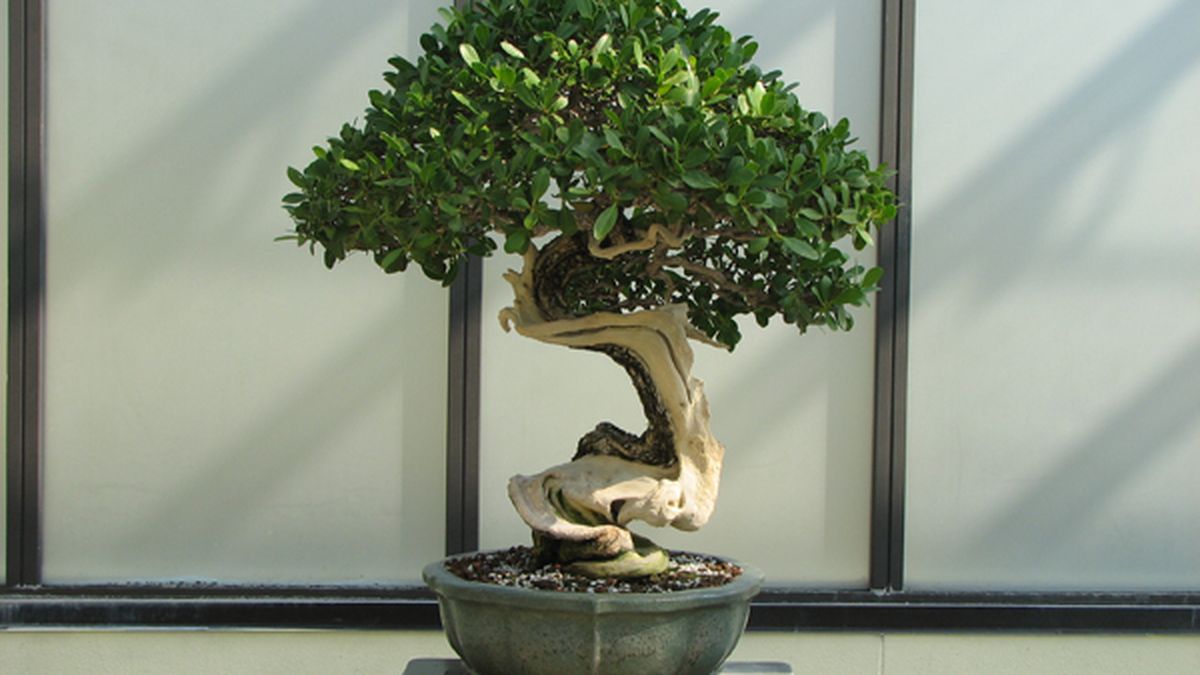
Bonsai Tree Care Guide for Beginners - How to Grow a Bonsai Plant

5 Bonsai Mistakes That Are Killing Your Tree - Basic Bonsai
Japanese bonsai owners urge thieves to water stolen 400-year-old tree worth $127,700 - ABC News

Chinese Elm Bonsai Tree Care Guide - ALL THINGS BONSAI

How To Water A Bonsai - YouTube
Amazon.com: Brussel's Bonsai Live Dwarf Jade Indoor Bonsai Tree in Zen Reflections Pot-3 Years Old 8" to 10" Tall,: Garden & Outdoor
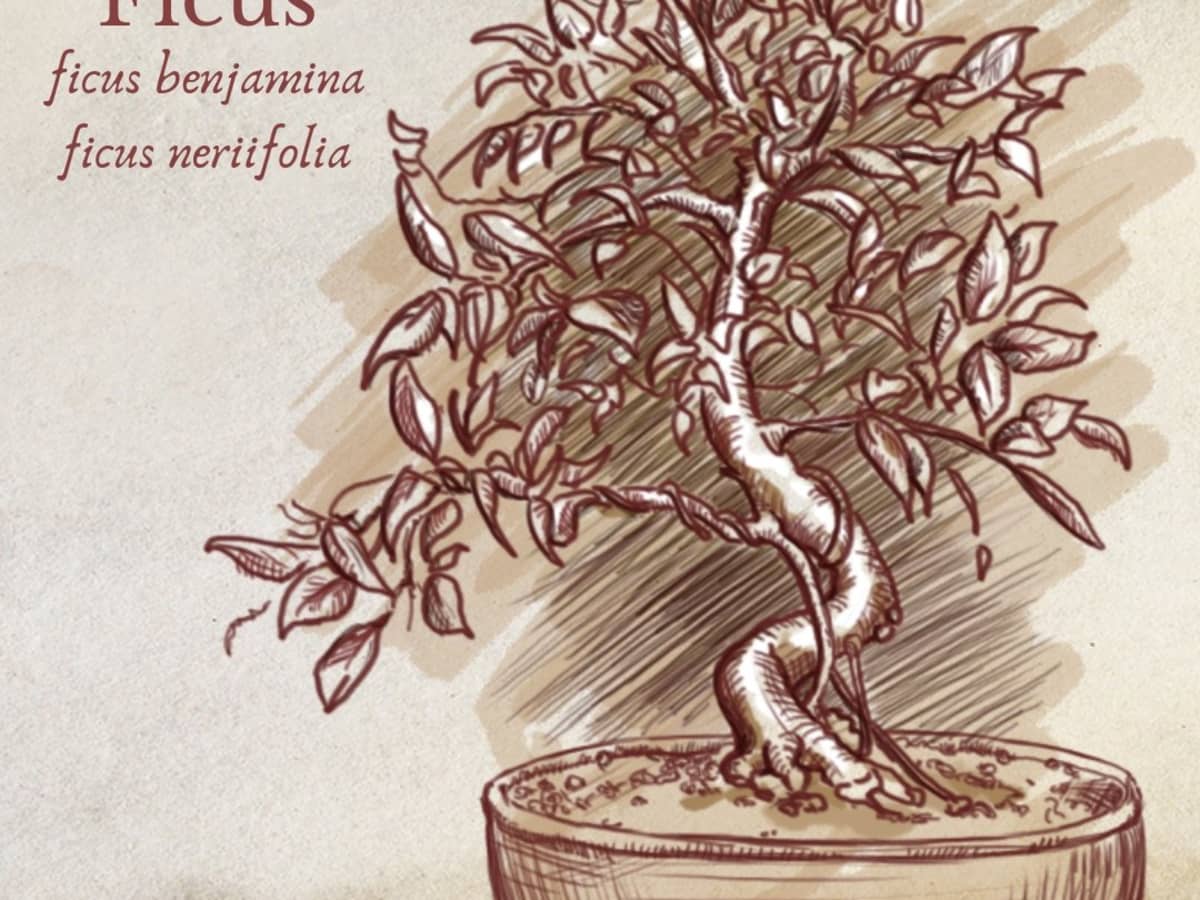
Five Species That Make Great Indoor Bonsai - Dengarden

Bonsai - Wikipedia
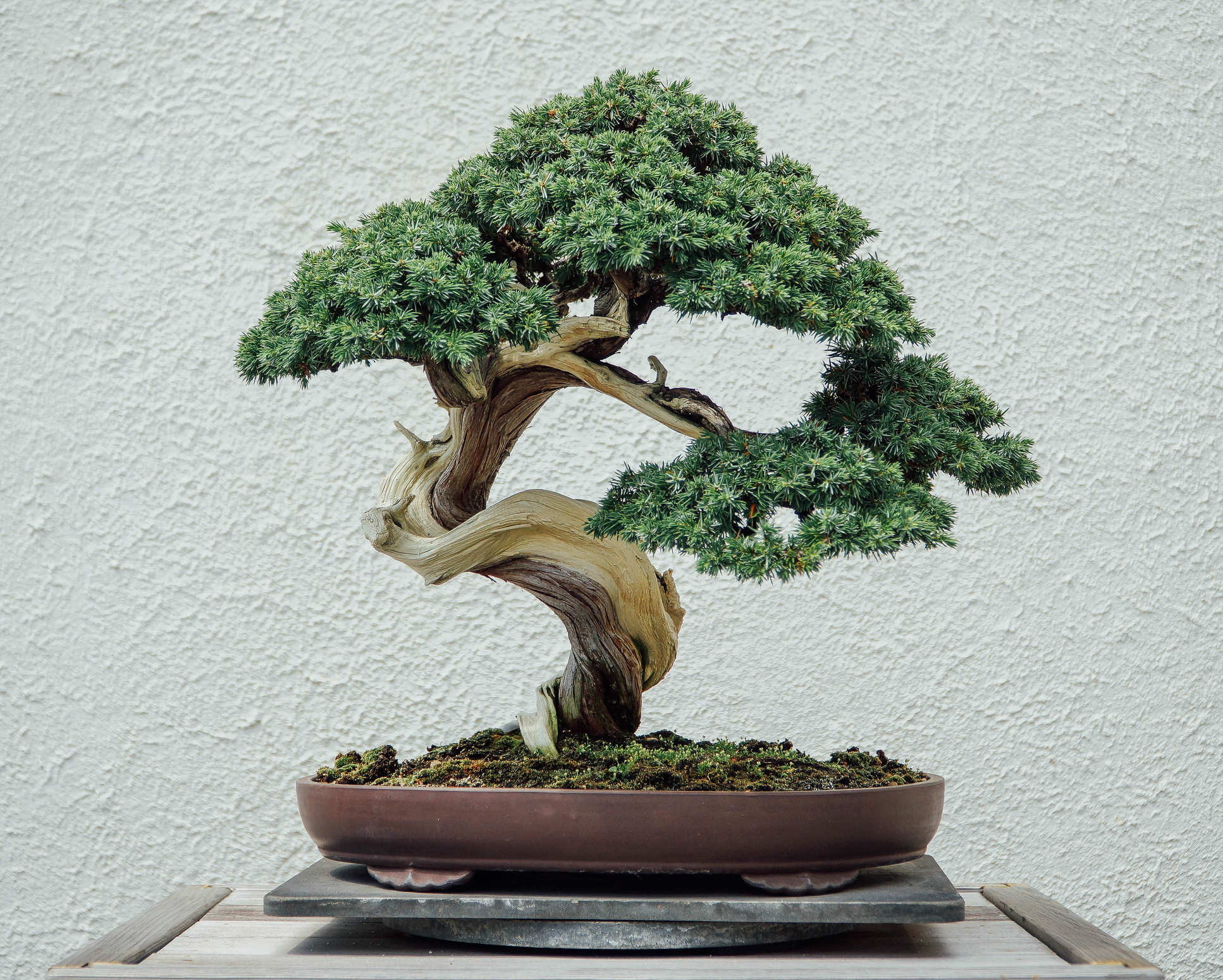
400-year-old bonsai tree worth $120K stolen, owners beg thieves to water it - National | Globalnews.ca

Couple Pleads for the Return of Stolen Bonsai Trees | Time

Ginseng Ficus: The Perfect Bonsai Tree for the Beginner - Dengarden

A Beginner's Guide to Bonsai Trees - Arborist Now
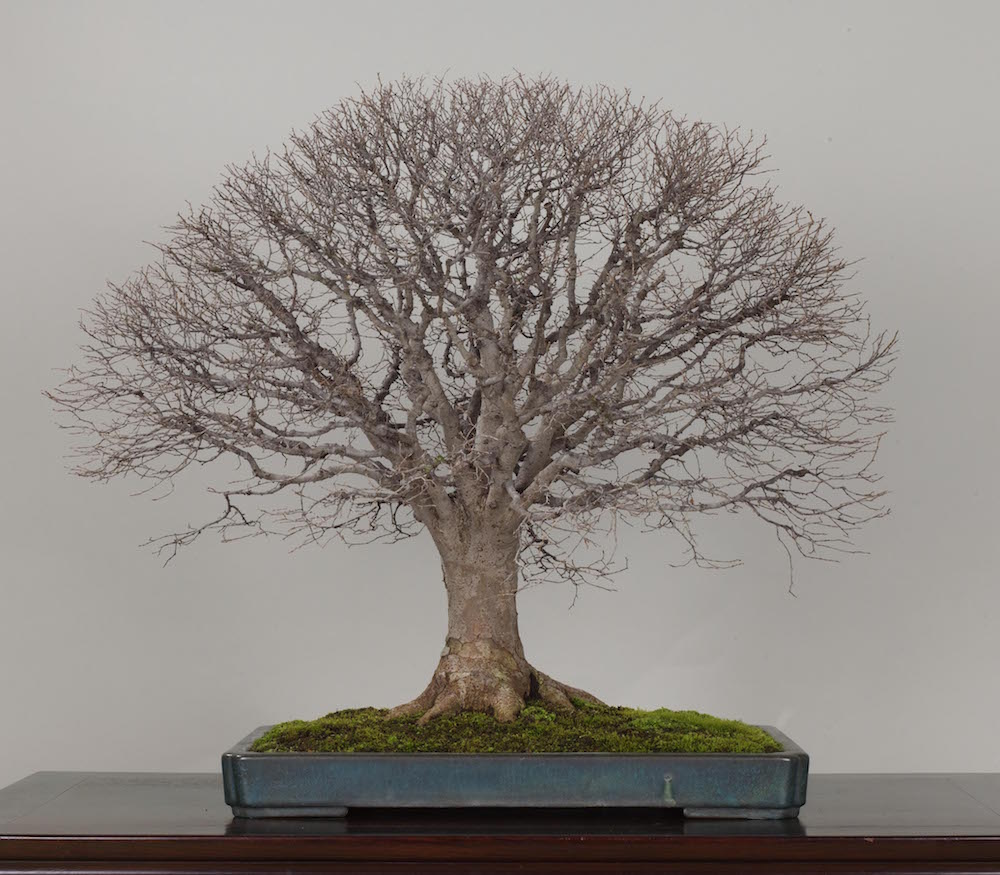
Overwintering Bonsai trees (special winter care) - Bonsai Empire

How Long Does A Bonsai Tree Live? | by Meenu | Medium
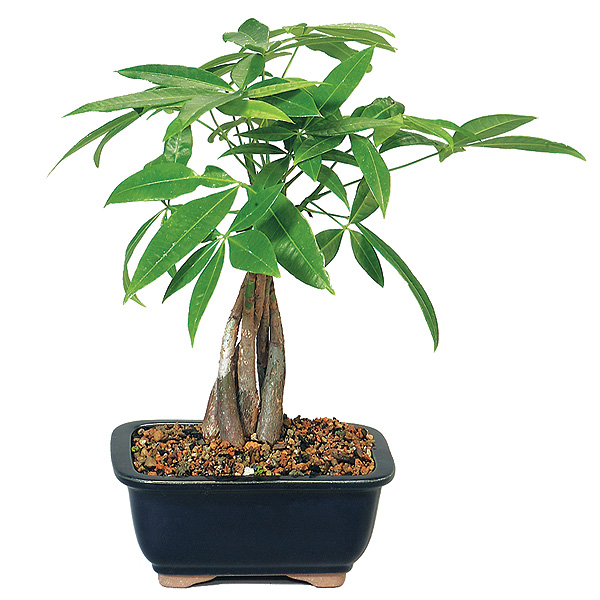
Money Tree Care

Bonsai thief steals $118,000 of tiny trees, including prized 400-year-old juniper - CNN

Indoor bonsai - Wikipedia
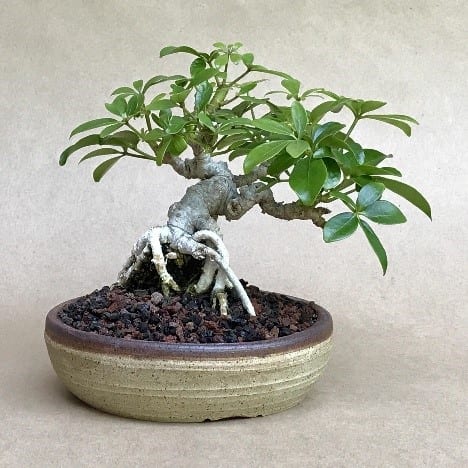
Bonsai Trees that Grow Under Low Light | Bonsai Tree Gardener
Is My Bonsai Tree Dead? - Basic Bonsai

A Beginner's Guide to Bonsai Trees - Arborist Now

Can A Bonsai Tree Live In A Terrarium?

Evergreen Bonsai Trees | Bonsai Tree Gardener
Post a Comment for "how long can a bonsai tree live without water"